The Meteorite Sword of James Sowerby: A Tale of Celestial Craftsmanship
Who doesn’t love a good sword story, especially one with a cosmic twist? If you’re a fan of sci-fi or fantasy, this one’s sure to tickle your imagination. Today, we’re diving into the tale of a real-life meteorite sword—a piece of history that combines the marvels of science with a dash of adventure. This isn’t your run-of-the-mill weapon; it’s crafted from a meteorite, a rock that fell straight from space! The spotlight here is on James Sowerby, an English naturalist and artist who had the out-of-this-world idea to make a sword out of this extraterrestrial material.
But who was James Sowerby, and how did he come by a space rock? What’s the story behind this unique sword, and where is it now? Join us as we embark on a journey through a tale of curiosity, craftsmanship, and cosmic connections.
James Sowerby: The Artist with a Passion for Nature
Before we get into the space rock sword, it’s important to understand who James Sowerby was. Born in 1757 in London, Sowerby had a deep interest in both art and science. He was particularly passionate about illustrating nature, especially plants and minerals. Sowerby wasn’t just any artist; he was a trailblazer in his field. His drawings were not only beautiful but also incredibly accurate. This made his work extremely valuable for scientists who needed detailed images to study plants, animals, and minerals.
One of his greatest works was English Botany, a 36-volume collection of hand-colored engravings of British plants. The project took over two decades to complete, with nearly 2,600 illustrations. His commitment to combining art and science didn’t stop with plants, though. Sowerby was also fascinated by minerals, producing colorful and detailed drawings of stones and crystals. His meticulous work made him one of the most respected naturalists of his time.
But Sowerby’s passion wasn’t confined to just drawing. He was also a dedicated educator and a key figure in the establishment of the Linnean Society of London, which played a crucial role in the development of natural sciences. His work helped shape the way people understood the natural world, and his influence extended beyond his lifetime. His family, including his children and grandchildren, carried on his legacy, continuing to explore and document the natural world with the same zeal that he had.
The Day a Meteorite Fell in England
Our story begins on December 13, 1795, in Yorkshire, England. It was a regular day until a fiery object came hurtling through the sky, crashing into the Earth near a small village called Wold Cottage. Imagine the shock of John Shipley, a local farm worker, who was plowing a field when the meteorite hit the ground just a few yards away from him. The impact left a small crater, and the rock was still warm and smoking when he found it. This was no ordinary rock—it had come from outer space!
At the time, people didn’t fully understand what meteorites were. In fact, many people believed that rocks couldn’t fall from the sky at all. The idea of space rocks was so strange that it had only recently been suggested by a German physicist named Ernst Chladni in 1794. Before that, the scientific community was skeptical. But this meteorite, known as the Wold Cottage meteorite, was undeniable proof. It had landed right in front of a witness and was embedded deep into the ground.
The Wold Cottage meteorite wasn’t just a cosmic curiosity; it also helped pave the way for future scientific exploration. Scientists began to study it, which led to a better understanding of meteorites and their composition. The impact of the Wold Cottage meteorite was a significant event in the history of astronomy and geology. It helped to solidify the idea that extraterrestrial materials could indeed reach Earth and influenced many future studies in the field.
Sowerby’s Meteorite Collection
By 1814, the Napoleonic Wars had ended, and Europe was in celebration. Important figures from around the world, including Emperor Alexander I of Russia, were visiting England to mark the victory. James Sowerby, always thinking creatively, came up with an extraordinary idea—he would forge a sword from his iron meteorite and present it as a gift to the Emperor of Russia. After all, what better way to capture the imagination of a ruler than by giving him a sword made from a rock that fell from space?
Sowerby wasted no time. He had the sword made in just two days, a process that must have involved incredible craftsmanship. The idea of taking a chunk of iron from a meteorite and turning it into a weapon is fascinating in itself. Just imagine the skill and precision needed to work with such a unique material.
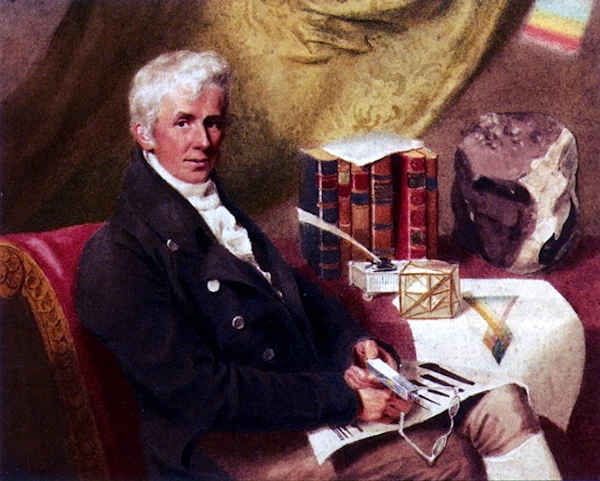
In this portrait the Wold Cottage meteorite is visible just behind Sowerby’s color theory illustration.
A Bold Idea: Crafting the Meteorite Sword
By 1814, the Napoleonic Wars had ended, and Europe was in celebration. Important figures from around the world, including Emperor Alexander I of Russia, were visiting England to mark the victory. James Sowerby, always thinking creatively, came up with an extraordinary idea—he would forge a sword from his iron meteorite and present it as a gift to the Emperor of Russia. After all, what better way to capture the imagination of a ruler than by giving him a sword made from a rock that fell from space?
Sowerby wasted no time. He had the sword made in just two days, a process that must have involved incredible craftsmanship. The idea of taking a chunk of iron from a meteorite and turning it into a weapon is fascinating in itself. Just imagine the skill and precision needed to work with such a unique material.
The creation of the sword wasn’t just a feat of craftsmanship; it also reflected Sowerby’s understanding of the symbolic power of such a gift. A sword made from a meteorite was not just a weapon; it was a statement of awe and wonder, blending the wonders of nature with human skill. The sword was a perfect representation of the era’s fascination with space and the extraordinary, and it spoke to the cultural and scientific interests of the time.
The Mystique of the Meteorite Sword
The meteorite sword crafted by Sowerby isn’t just a piece of metal—it’s a fusion of Earth and space, a combination of human craftsmanship and cosmic material. Think about it: this sword was made from a piece of rock that traveled through the universe for who knows how long before it landed on Earth. It carries the mystery and wonder of the stars, making it a one-of-a-kind object.
The fact that Sowerby even considered turning a meteorite into a sword speaks to his boundless creativity and his willingness to push the boundaries of what was possible. At the time, the very idea of meteorites was still new and controversial. Many people didn’t fully understand them, yet Sowerby saw the potential in this otherworldly material.
In many ways, the sword represents humanity’s curiosity about the unknown. Even today, we look to the stars and wonder what else is out there. Sowerby’s sword reminds us that we’ve always been fascinated by the cosmos, and that even in the early 19th century, people were dreaming of ways to connect with the universe. It’s a symbol of how our imagination and curiosity can bridge the gap between the earthly and the celestial.
James Sowerby’s Lasting Legacy
While the meteorite sword is certainly one of the most unusual parts of James Sowerby’s story, it’s far from his only achievement. His legacy as a naturalist and illustrator continues to inspire scientists and artists alike. His detailed drawings of plants, minerals, and other natural wonders remain some of the most valuable and beautiful records of their kind.
Sowerby’s museum, where he displayed the Wold Cottage meteorite and other curiosities, was a testament to his love of discovery. He believed that science should be shared with the public and made accessible to everyone. This attitude was ahead of its time, as many scientific collections during his era were private and limited to elite circles. But Sowerby wanted to inspire the public’s curiosity, much like he was inspired by the wonders of the natural world.
Sowerby’s influence extended beyond his own time. His work laid the groundwork for future generations of naturalists and illustrators, who continued to build on his methods and techniques. His approach to combining art and science set a precedent for how these disciplines could work together to enhance our understanding of the world around us.
The Meteorite Sword Today
So, what happened to the meteorite sword? After all these years, it’s still around! The sword now resides in the State Hermitage Museum in Russia, where it’s preserved as a historical artifact. Though it may not be as well-known as some other items in the museum’s collection, it remains an extraordinary example of human ingenuity and the natural world coming together.
As for the diamond ring that Sowerby received from the Emperor of Russia, it likely stayed in the family, perhaps passed down through generations as a reminder of the incredible story behind the gift. The ring itself symbolizes the enduring appreciation for Sowerby’s unique contribution to the world.
The meteorite sword’s journey from the cosmos to a museum in Russia is a testament to the enduring fascination with space and the extraordinary ways in which human creativity can interact with the universe. It serves as a bridge between our earthly existence and the infinite expanse of the cosmos, reminding us of the endless possibilities that lie beyond our world.
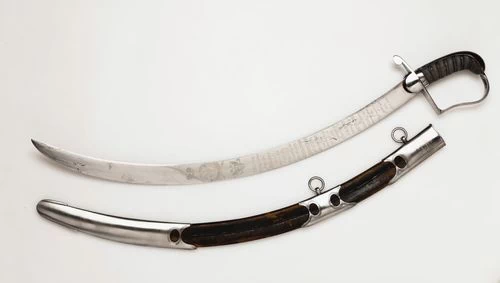
Photograph copyright © The State Hermitage Museum.
Photograph by Konstantin Sinyavsky
Conclusion: A Sword from the Stars
James Sowerby’s meteorite sword is more than just a weapon—it’s a symbol of the endless curiosity that drives human beings to explore, discover, and create. Sowerby’s life was dedicated to understanding the world around him, whether through his intricate illustrations of plants and minerals or his bold idea of crafting a sword from a piece of outer space.
The meteorite sword stands as a reminder that the universe holds countless mysteries, and sometimes, those mysteries fall right into our hands—quite literally in the case of the Wold Cottage meteorite! Through his work, Sowerby has shown us that science and creativity can come together in the most extraordinary ways, even turning a chunk of space rock into an object of wonder. His story is a celebration of how human ingenuity and curiosity can transform the ordinary into the extraordinary, bridging the gap between the known and the unknown.


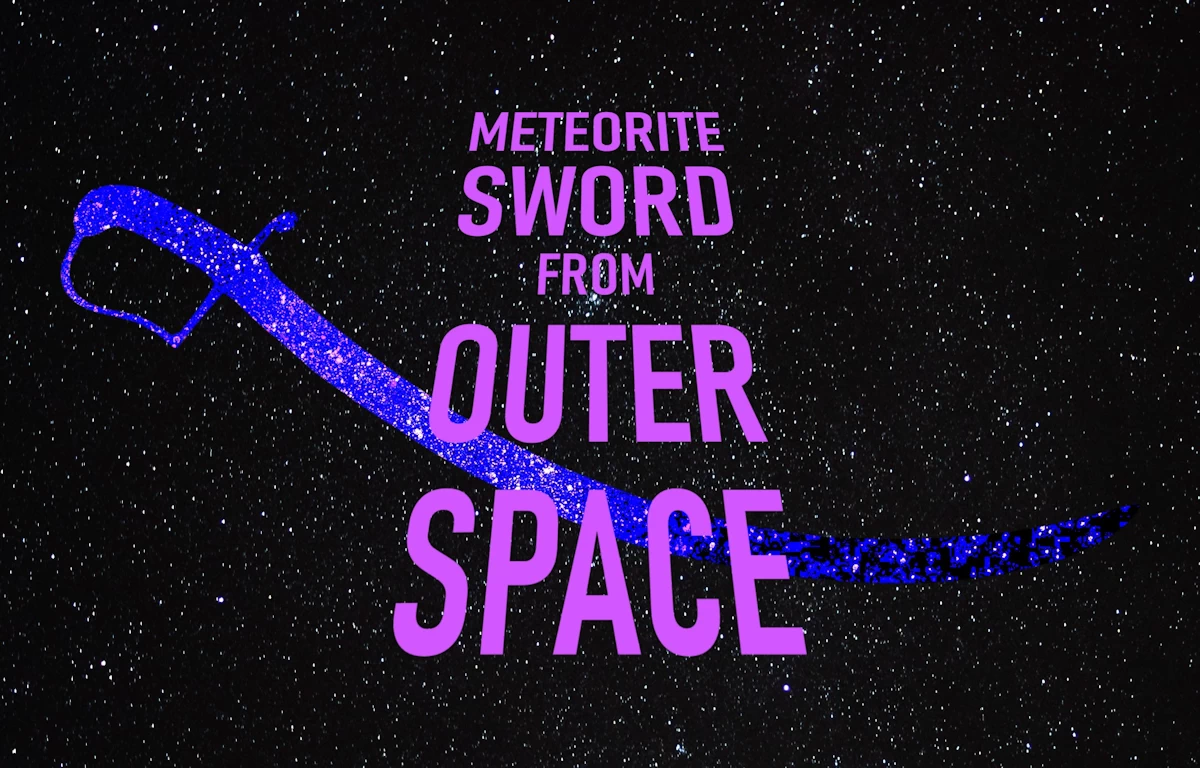
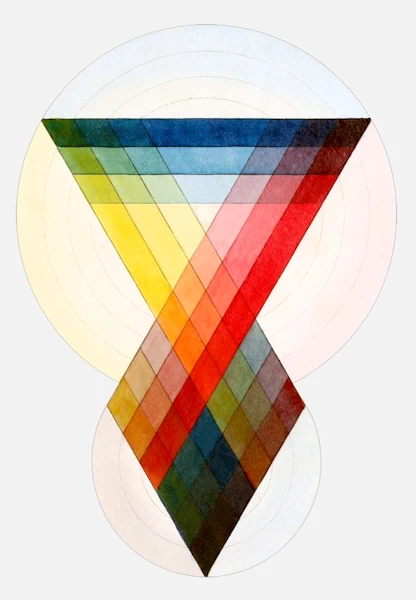
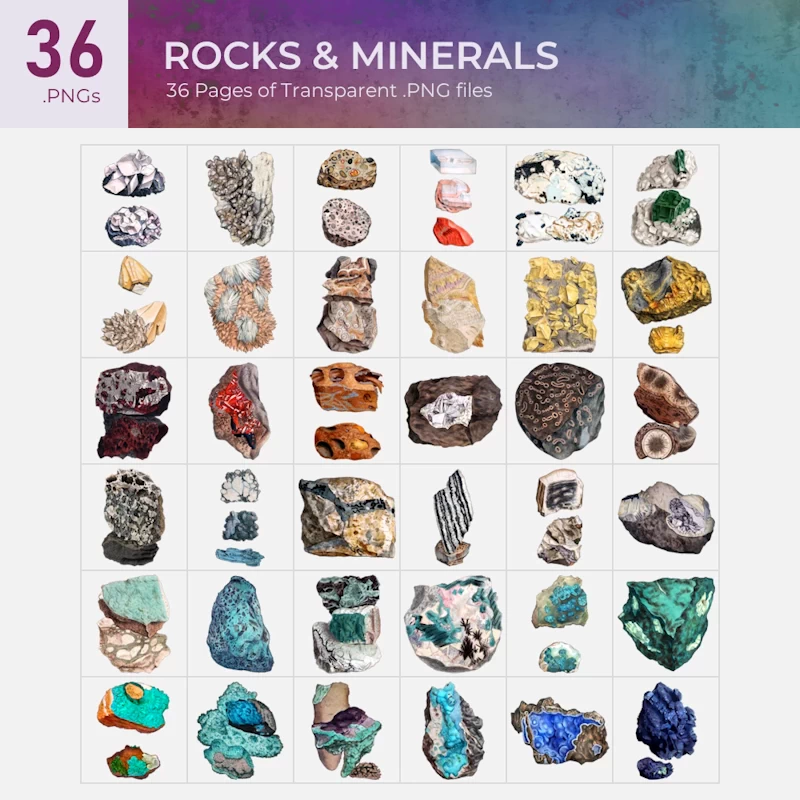
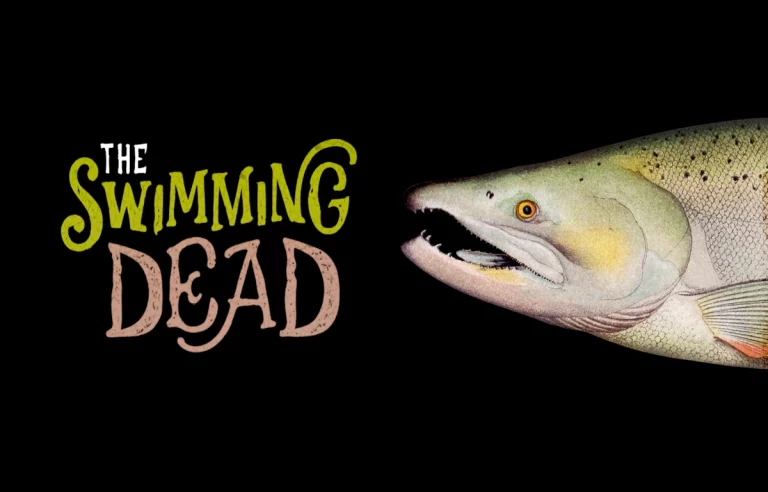

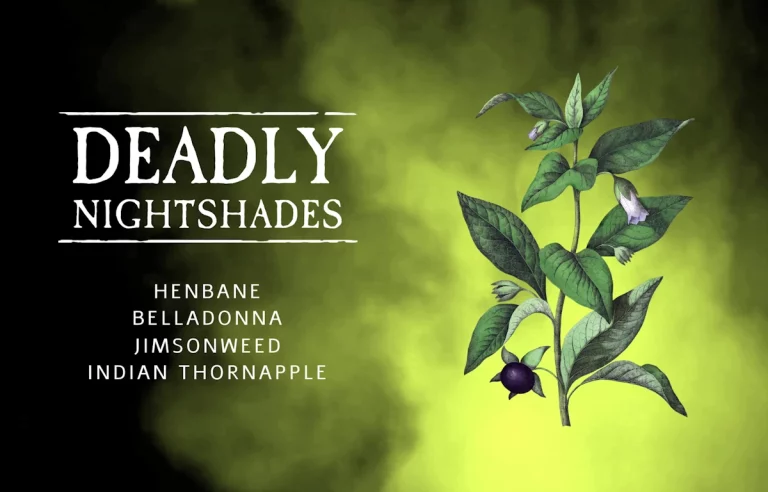
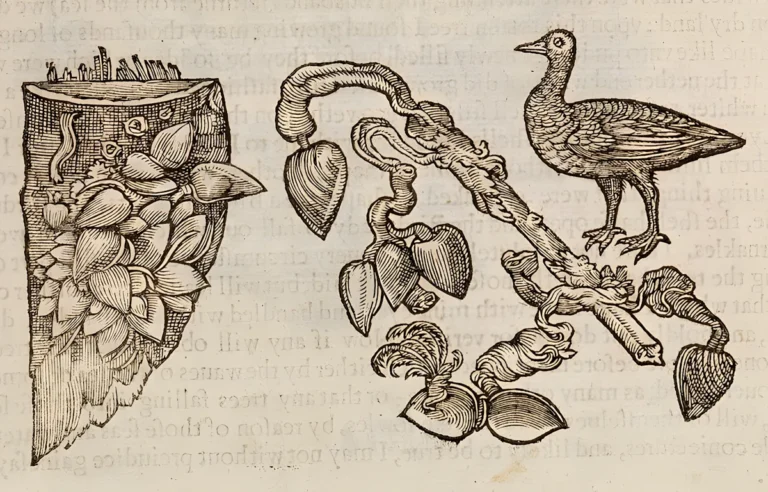


One Comment
Comments are closed.